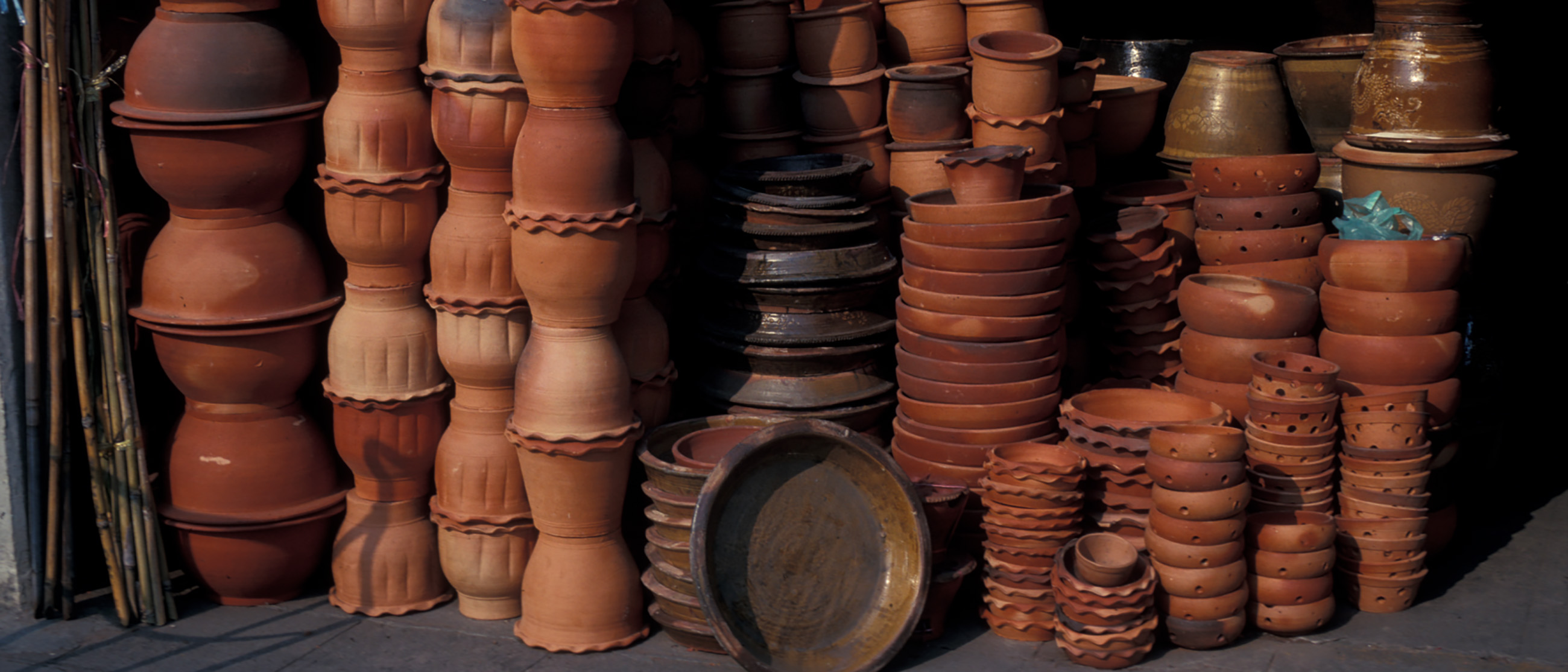
CERAMIC KILN LINEAGES IN MAINLAND SOUTHEAST ASIA
BY DON HEIN
Introduction:
Don Hein is an archaeologist whose research has focused on the material evidence for historical ceramic production in Mainland Southeast Asia. His most intensive research has characterized the development of the Sawankhalok kiln complex in Thailand.
Contact:
Abstract:
Kilns provide vital evidence for the technology that distinguishes one group of ceramic producers from another or, conversely, links various groups across space and over time. Regional, technological, and stylistic factors indicate that historic high-temperature ceramic kilns in Mainland Southeast Asia derive from two separate sources of Chinese influence and that the kilns are distinctly defined by particular inherent characteristics. The kilns of one source are predominantly found along the eastern coast and adjacent interior, the "Coastal Zone," corresponding geographically to the present-day nations of Vietnam and Cambodia (with the exception of some interior areas). The kilns of the second source are associated with inland riverine and upland areas in the "Inland Zone," largely contained within modern Burma, Thailand, and Laos. This essay presents in detail the evidence for, and implications of, the two lineages of production.